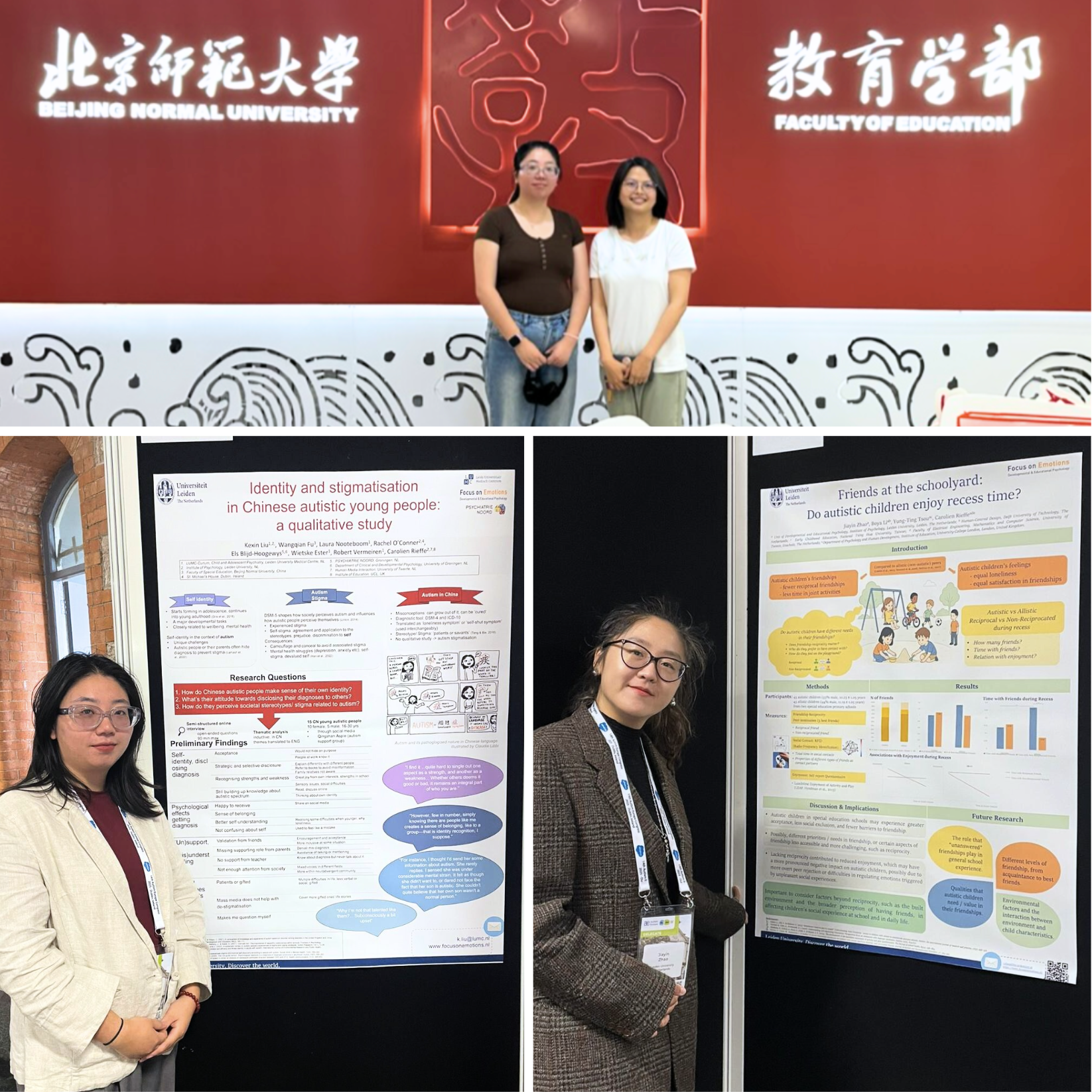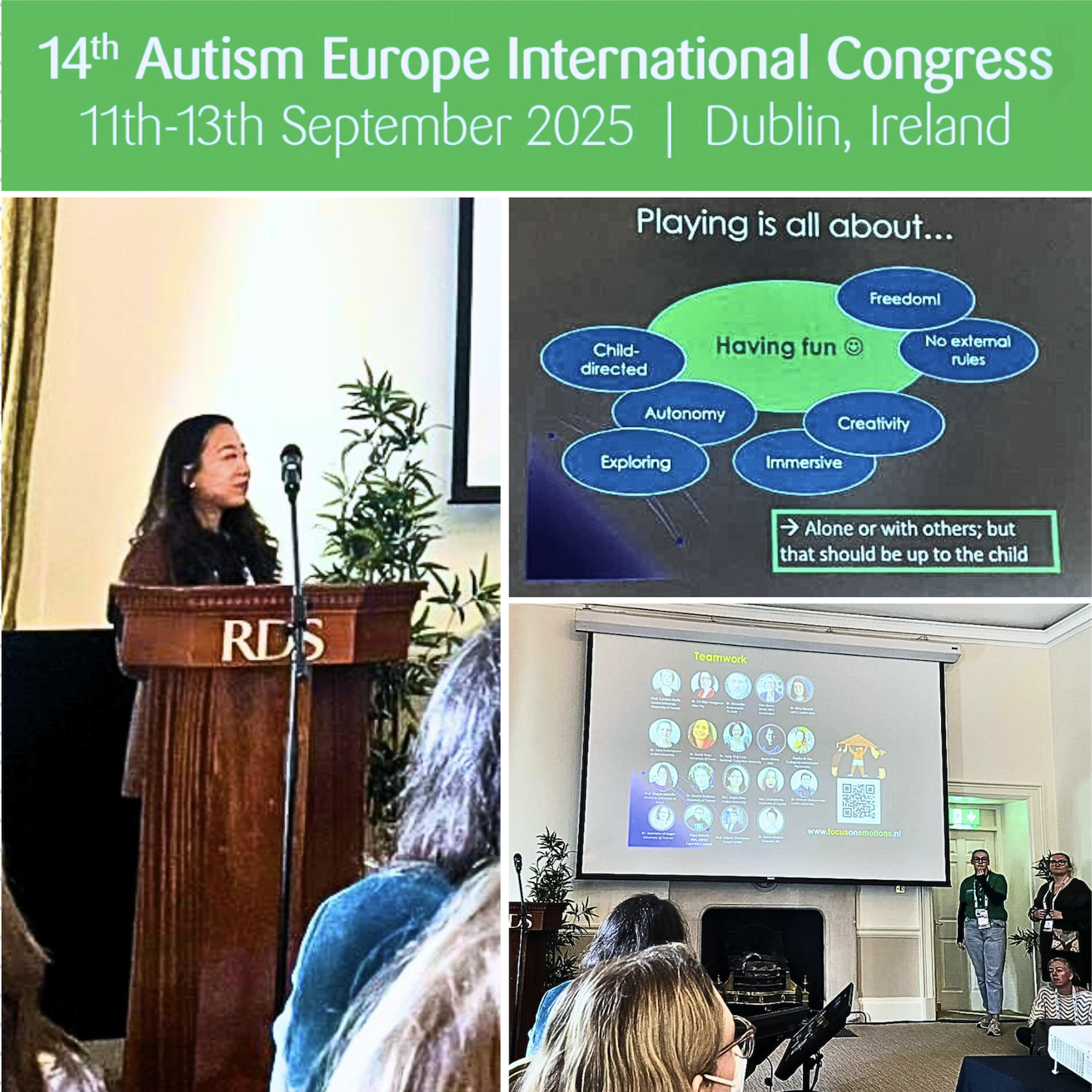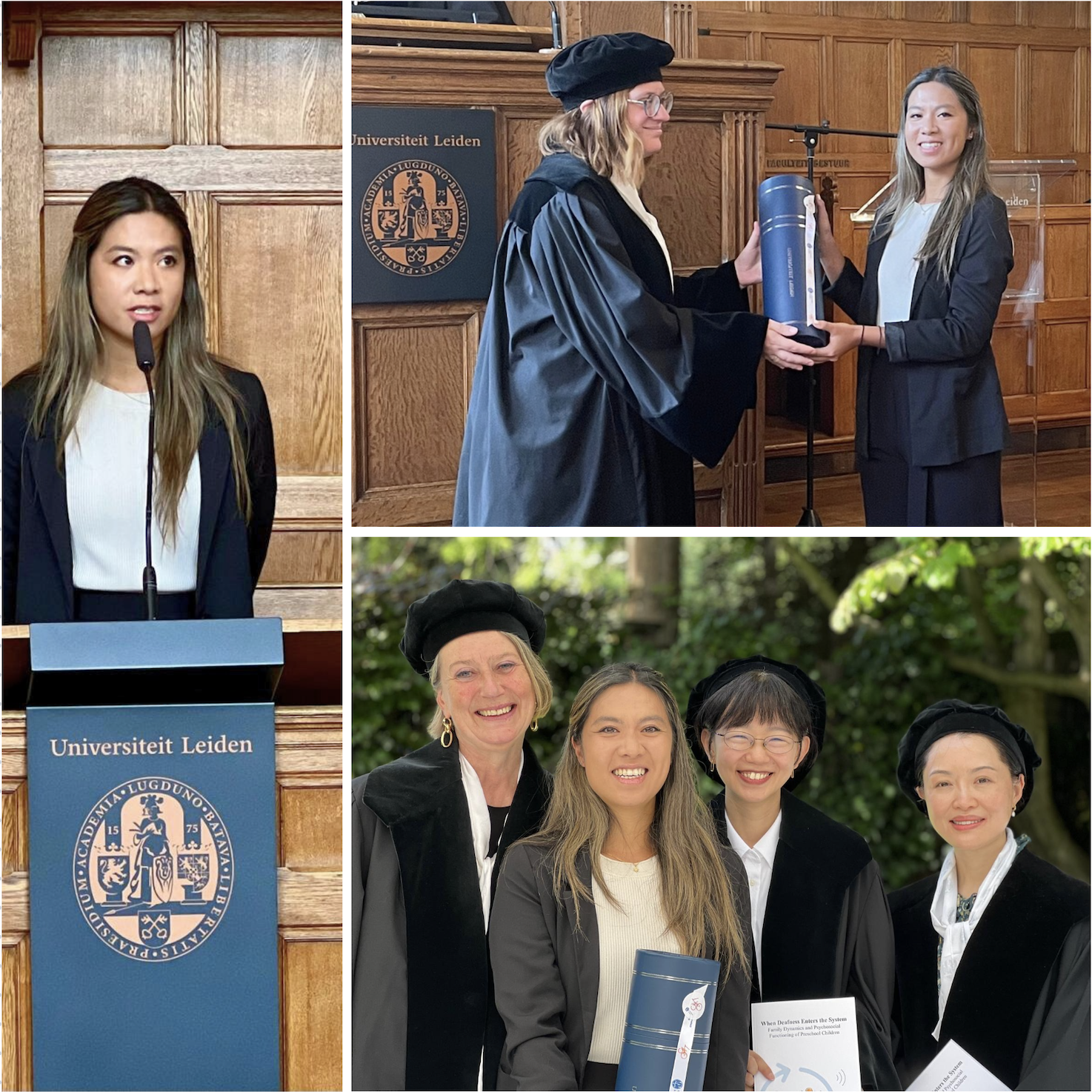
April 30, 2025

Autism Acceptance Month in Our Lab: Rethinking Language & Architecture
Research on autism and inclusion is a key focus in our lab year-round – but with Autism Acceptance Month underway, we’re taking a moment to share what we’ve been working on.
Read on to learn how language shapes perceptions of autism, how architecture impacts the experiences of autistic students, creating links to autism research in Ghana, brand new research on autistic friendships, and key themes that stood out to us at this year’s National Autism Congress in the Netherlands.
Key takeaway: views on autism are - and need to keep - shifting. There’s still a long way to go towards equity, but research within and beyond psychology is opening the debate and increasing our awareness.
- Framing Autism; the Power of Language (by Kexin Liu, Carolien Rieffe & Robert Vermeiren) takes you on an exploration of autism in the Chinese language, and how it shapes the way autism is perceived in China. But we should think further, because there are around 7,000 languages spoken around the world – and each one might frame autism slightly differently… (read the blog)
- From China to Ghana: Carolien gave an invited lecture about autism - and changing the way we view it - at Kwame Nkrumah University of Science and Technology (KNUST) in Ghana. This is an exciting connection, as our lab continuously crosses more international borders to broaden the conversation about autism.
- And from Ghana, back to the Netherlands, where the National Autism Congress 2025 (NAC) brought fresh insights on autism research in our corner of the world. A talk that stood out was by Dr. Laura Crane (UCL), who discussed how parents can talk to their autistic children about diagnosis – offering practical suggestions that emphasize honesty, openness, and positive framing to support self-understanding and acceptance. PhD researchers from our lab presented posters on the social experience of Chinese autistic students in mainstream high school (Kexin’s research), and on using real-time smartwatch data to understand school belonging in autistic youth (Charlotte’s research).
Notably, the conference incorporated inclusive practices, such as using silent hand-waving instead of clapping, which can be more comfortable for autistic attendees: A meaningful step toward ensuring autistic participants and researchers feel welcome in academic spaces, and that autism is not just discussed by neurotypicals.
- Talking about Inclusive Spaces - don’t miss this recent publication from our lab about how playgrounds often fail to accommodate children with autism. Uniting expertise from Psychology and Architecture, the article offers practical advice on what needs to be changed to make all children feel safe and welcome.
- Last, but certainly not least: Jiayin et al.’s brand new paper on friendship and enjoyment during recess in autistic and non-autistic children. Key findings include that autistic and non-autistic children had a similar number of friends, but autistic children may approach friendships with different priorities. Read more here.
Happy Autism Acceptance Month!


